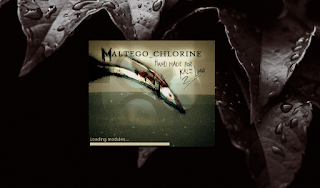Recently I started a security course where one of the tools
we use is Kali. As my next week’s lab is about Maltego, I’ve decided to build a
Virtual Machine with Kali.
However, after registering for a community license, when
trying to start Maltego, I am getting as far as Loading Modules or Starting Modules.
I've tried removing Maltego and installing it again and
updating Kali. None of this helped. I’ve also tried to install Maltego on
Ubuntu and that has worked fine.
I couldn't find any further information on the Internet apart of some
comments with 2 other people facing similar issue:
I did some further research and apparently Maltego Chlorine
needs Java 8 while Kali has Java 7.
You can check which version of Java you have installed by
typing:
java --version
in a terminal window.
Anyway, I decided to update Java and see what happens. The
commands I run were:
echo "deb
http://ppa.launchpad.net/webupd8team/java/ubuntu trusty main" >>
/etc/apt/sources.list
echo "deb-src
http://ppa.launchpad.net/webupd8team/java/ubuntu precise main" >>
/etc/apt/sources.list
sudo apt-key adv --keyserver keyserver.ubuntu.com
--recv-keys EEA14886
sudo apt-get update
sudo apt-get install oracle-java8-installer
Once this was done, Maltego has loaded fine.
I hope it helps somebody. If it was helpful for you, please
leave a comment so I will know ;)


